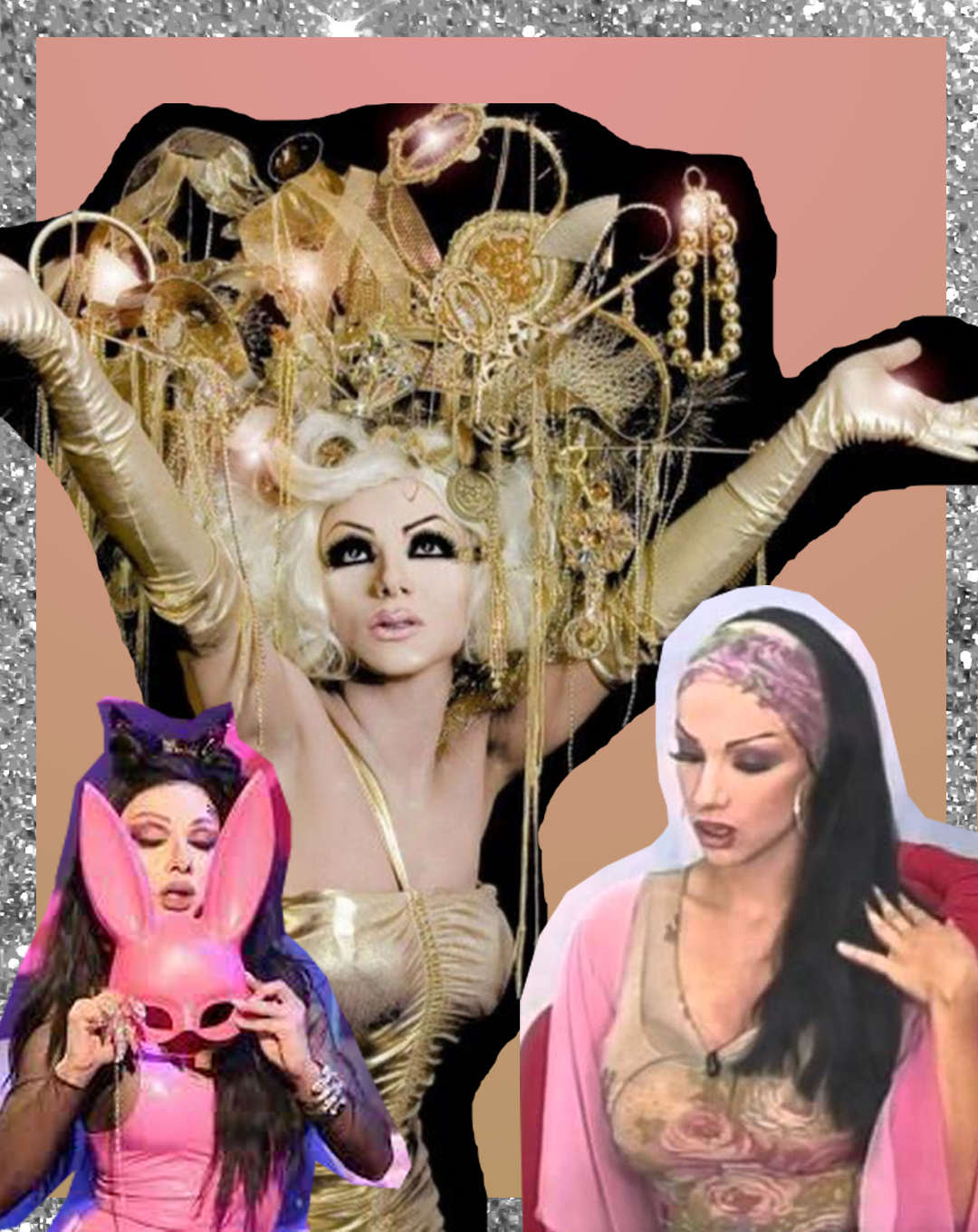Bassem Feghali: The One Drag Queen Your Arab Father Liked
There was a time in the 2000s where a drag artist entered every Lebanese household and was met with admiration and the utmost respect.
In 2006, LBCI, a Lebanese TV, had Bassem Feghali do the Fawazeer, the most coveted show which aired during Ramadan, and people loved it. Fifteen years later, drag queen Kawkab Zuhal is asked trivial questions about her art and identity on the same channel. Did we go backwards?
We didn’t necessarily go backwards. Maybe we didn’t progress much in the first place. To understand drag representation in Lebanese traditional media, we have to realize how Arabs saw Bassem. There are few layers to take in consideration.
Bassem was indeed the public’s sweetheart, but he was loved and recognized as an impersonator with a God-given talent. During his Studio Al Fann debut, he made an impression of Sabah – a figure he nailed over and over again. Later on in his career, Bassem gave us iconic east meets west moments that reflected our reality: Arabs consume local and international music. The ratio of each differs based on the generation and personal preference. Arabs also lean into the culture of their respective colonizer since they acquired the latter’s language.
___STEADY_PAYWALL___
Bassem knew how to represent Arabs’ polarized pop culture. Take this one skit for Star Academy Arabia: one of the artist’s original characters Nominella, suggested to the academy director Roula Saad that Rihanna performs S&M in Arabic, and then presenter Hilda Khalifa welcomes Riri on stage. We also see Sabah and Cher greeting each other. Cher asks Sabah if she believes in life after love, to which Sabah replies “Of course, I’ve been married 12 times”. Feghali shows his wit by relating Cher’s track to Sabah’s real life. His acting skills were on full display as he impersonated about 18 celebrities – including every artist mentioned earlier.
We’ll leave it for millennials to recognize a queen when they see one, and write down history from the top.
The costumes, hair and makeup were ultra glamourous or camp-y, and closer to the wardrobe of a real diva. But what blew the audience away is his ability to imitate Haifa’s sexy voice as well as Majida’s soprano voice range. Singing live indeed showed his multi-dimensional genius. It is also a key factor to understand why Bassem is considered an impersonator: what we call drag art today can be traced back to the 16th century, when men dressing as women, also known as impersonators, started as a respected form of entertainment. Lip-syncing only recently made its way into the drag culture (partly thanks to Drag Race). That means what Bassem did at that time, in that place, puts him under that category.
The artist’s choice to remain low-profile and to stay away from interviews all these years fed the mystery around him, and in a way protected him from the intrusive and provocative questions.
Only recently was he asked the most blatant question about his sexuality. In an interview on Morjan earlier in 2022, the presenter asks him “Will Bassem Feghali admits that he’s gay?” to which he replies by deflecting and impersonating Ramlaa Nakad.
Reality is, a. he doesn’t owe us an answer, b. his artistry transcended Arab’s trivial questions and c. he is simultaneously a drag artist and an actor! Bassem puts on live and recorded shows, where he impersonates people based on the story he created.
The goal isn’t to give Bassem a title he didn’t claim. The goal is that conservative Arabs who respected this art form can start accepting the others that emanated from it.
Today he is still known as a comedian and impersonator by baby boomers. We’ll leave it for millennials to recognize a queen when they see one, and write down history from the top.
Words: Myriam Skaf


